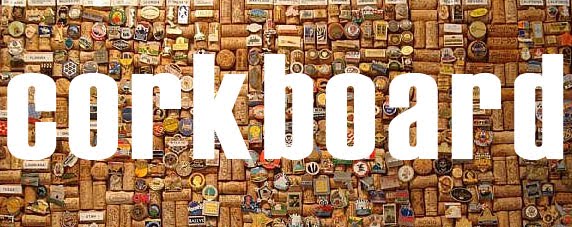Cassetta Frames - Commonly used in the Renaissance, cassetta frames are box like and incorporate linear or floral patterns which are often painted gold or adorned with gold detail.

Mannerist Frames - Incorporated exaggerated organic architectural forms. Frames from different countries reflected the major movements of the time eg. Norther mannerist frames were influenced by anatomical discoveries and Spanish frames by extravagant sculptural features.

Cabinet-Makers Frame - Made of stained or polished wood and reflective of those with furniture making skills. At the time, in Britain, they were mainly used to house tapestries and other fabric pieces.

Baroque Frames - Gilded frames with heavily laden curls of leaves and shells in the corners and centres of each rail. Artists often used the embellishments of the frames to plan the compositions of their paintings by drawing imaginary lines between each of the frames focal points - these imaginary lines would be where the eye is automatically drawn to when looking at the frame.

Rococo Frames - Much like baroque but a lot more delicate and curvaceous. Developed from a trend in French architecture and interior design rococo frames were magnificently ornate and used to house the most regal of paintings.

Palladanian Frames - A masculine and architectural progression from rococo, often with a bold, angular silhouette and decorated with classical geometric patterns.

Salvator Rosa Frames - Another linear style, similar to cassetta but incorporating the sculptural profile of baroque - these could be either plain or progressively rich.

Neoclassical and Empire Frames - Another reaction against the extravagance of the rococo style and also influenced by a trend in excavations and antiques. These were the first mass produced frames and from that point onwards the frame was less a work of art and became more a cheaply produced object to house popular art.



No comments:
Post a Comment